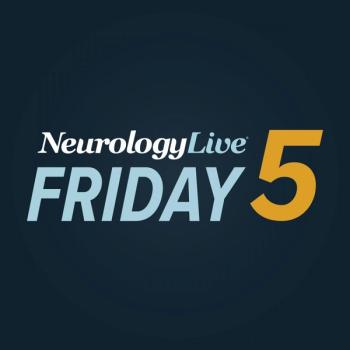
|Slideshows|July 24, 2018
Case Study: Vascular Risk Factors Reach Tipping Point
Author(s)Andrew N. Wilner, MD
By the time a 45-year-old patient with hypertension, slurred speech, and weakness in the right arm and right leg was examined in the emergency department, his symptoms had completely disappeared. However, examination, labs, and imaging showed the case was anything but "resolved."
Advertisement
Newsletter
Keep your finger on the pulse of neurology—subscribe to NeurologyLive for expert interviews, new data, and breakthrough treatment updates.
Advertisement
Latest CME
Advertisement
Advertisement
Trending on NeurologyLive - Clinical Neurology News and Neurology Expert Insights
1
Dravet Syndrome Medication Stiripentol Effective in Real World Settings Across Various Patient Profiles
2
US Survey Reveals Underuse of Dravet Syndrome–Specific Antiseizure Medications in the Clinic
3
AES Poster Lays Insights Into EEG and MRI Biomarkers of MOGAD-Related Epilepsy
4
AES Presentations Highlight Zorevunersen as Disease-Modifying Treatment for Dravet Syndrome
5


































